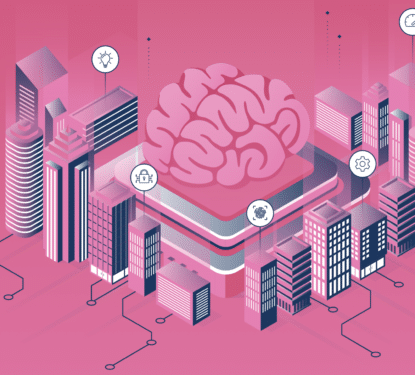We have previously discussed how distributed power is gradually becoming a serious part of the new business model for Smart Grid and explored the reasons why common sense is now starting to change regulatory powers. We highlighted how in Germany the utilities are coming together with owners of distributed energy to invest in major distributed power schemes that will benefit all the stake holders and reduce CO2 emissions.
Recently we have seen a lot of discussion on distributed energy in the US; taking into account how it would apply there given the differences in the structure of utility operations and the need to accommodate major swings in electrical demand. This includes “transactive energy” which roughly translates into interactive pricing through combining Smart Grid hardware and economic / time of use software now making real time pricing a possibility.
As Kathleen Wolf-Davis, editor of Intelligent Utility puts it in her article http://www.intelligentutility.com/article/13/05/transactive-energy-isn-t-new-ability-make-it-work transactive energy markets can open doors to allow distributed energy, including renewables, microgrids, CHP generation projects (now called “prosumer markets”) on the downstream rather than the up. However in order to get this into operation, it would require some fundamental changes to the electricity utility business model.
Over time deregulation has created incentives that have enabled the growth in demand response to kick in. This cannot however meet the need for flexible resources to integrate wind and solar PV into the bulk power system. Transactive energy markets hold the promise to achieve economic efficiency and reliability across the bulk power system and distribution networks. There is a significant untapped potential of distributed energy resources in the developed economies of the world to leverage a new class of flexible mixed distributed assets (e.g., distributed generation, responsive demand, storage, electric vehicles etc); what has been called DR 2.0, to manage the power system. But, this requires changes in both market models and grid operations.
To enable distributed resource participation in a local market that is coordinated with the bulk power system, it will require 2 fundamental changes to the market model. The first is to resolve the balance between efficiency and reliability across transmission and distribution systems in a coordinated manner, and the second is to install market rules that are more accessible to customers. But first of all in the US, there is the need to sort out regulatory policy for distributed energy resources and markets. This could raise jurisdictional issues between FERC at the wholesale level and state regulators at the distribution and customer level if the significant potential value from distributed resources is to be realized.
At the moment Power prices aren’t based on market demand or even true cost. They are, essentially controlled by regulatory forces that must agree rate changes, increases in charges and even attempts to recover costs. So this must change because currently prices aren’t really free to fluctuate at all, let alone respond to minute-by-minute pricing adjustments.
We previously highlighted that in German markets they are successfully integrating flexible customer distributed generation through virtual power plant (VPP) demonstrations. They have addressed participation rules barriers for small generation, but have yet to tackle demand response and “transactive energy”.
As far as we are aware they have not made any major changes to laws and policy governing the central utility model. At least one major utility, RWE, has taken the view is you "can’t beat them then join them" and they have taken the initiative to set up an organisation and to invest and manage it together with stakeholders in distributed energy. They are sailing in uncharted waters but we believe have the fortitude to make it work. By the close of 2012, RWE Deutschland had connected more than 250,000 plants to the distribution grid which feed in subsidised electricity pursuant to the Renewable Energies Act (EEG). They are continuing to drive forward the introduction and use of innovative grid technologies (Smart Grids) in order to guarantee secure integration of renewable energies and improve the opportunities for grid control.




